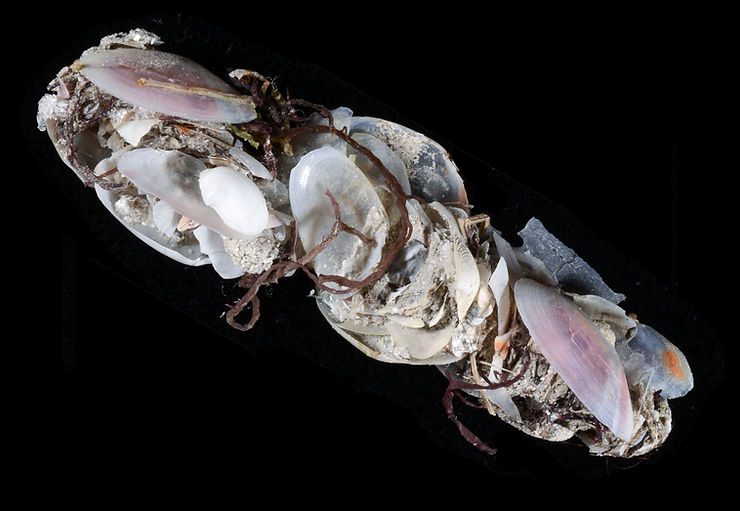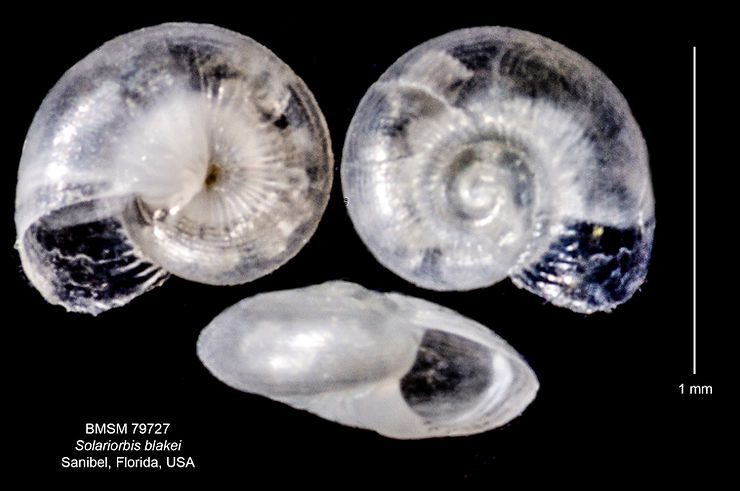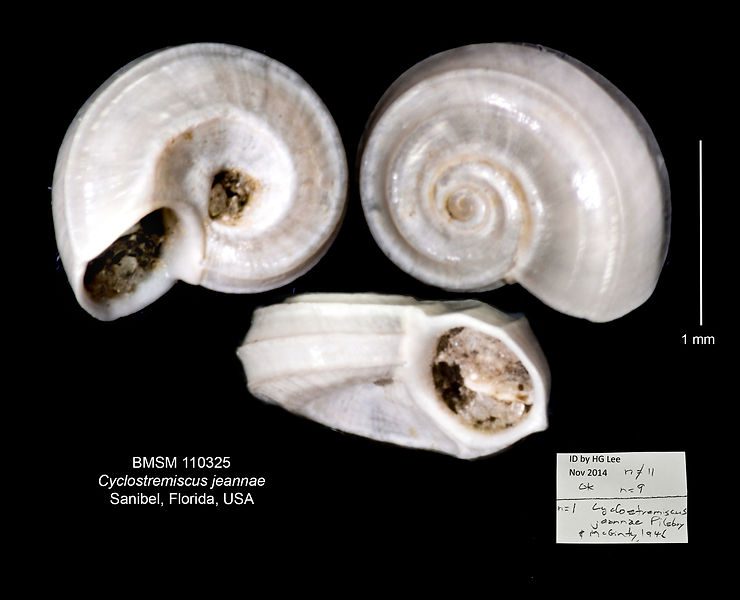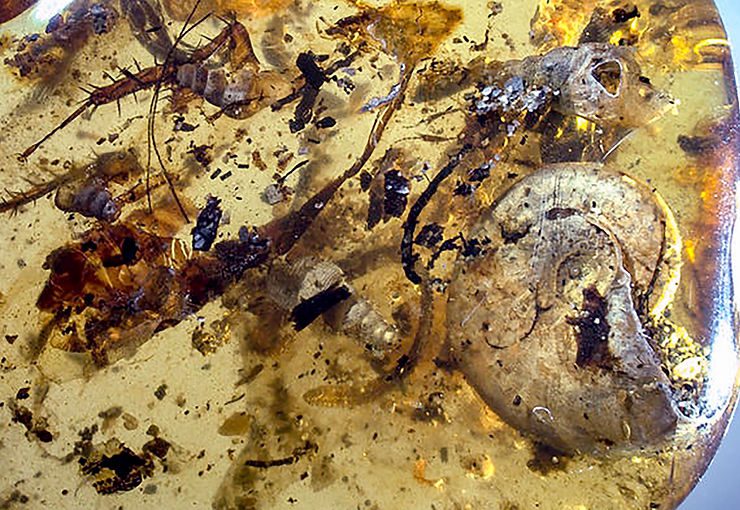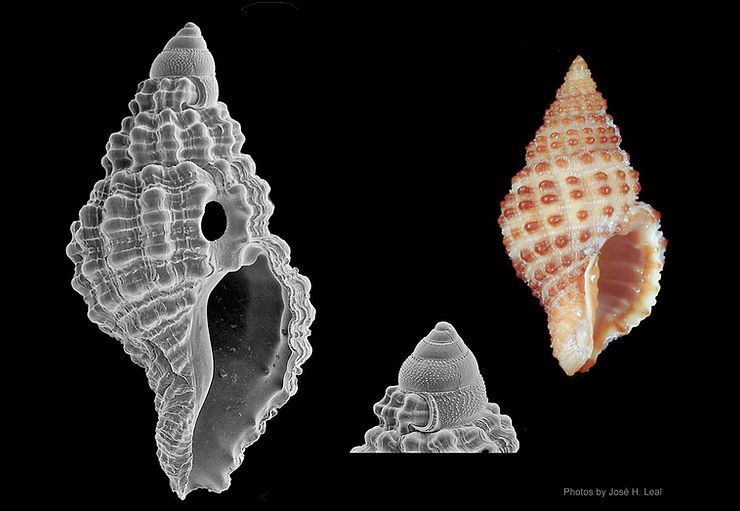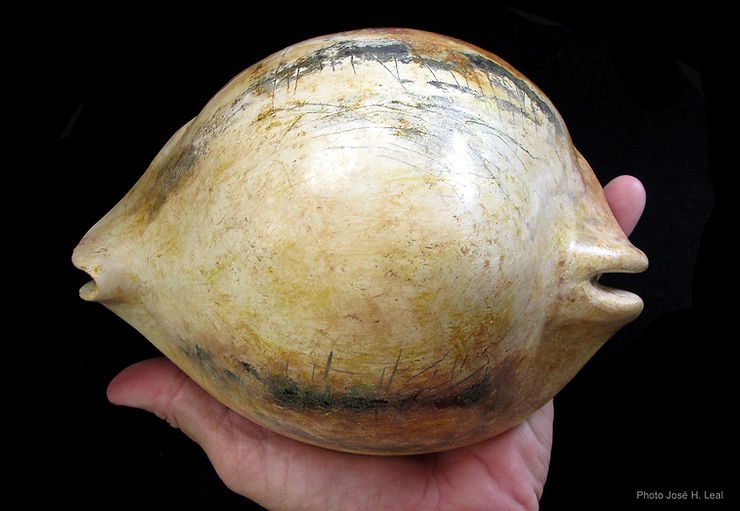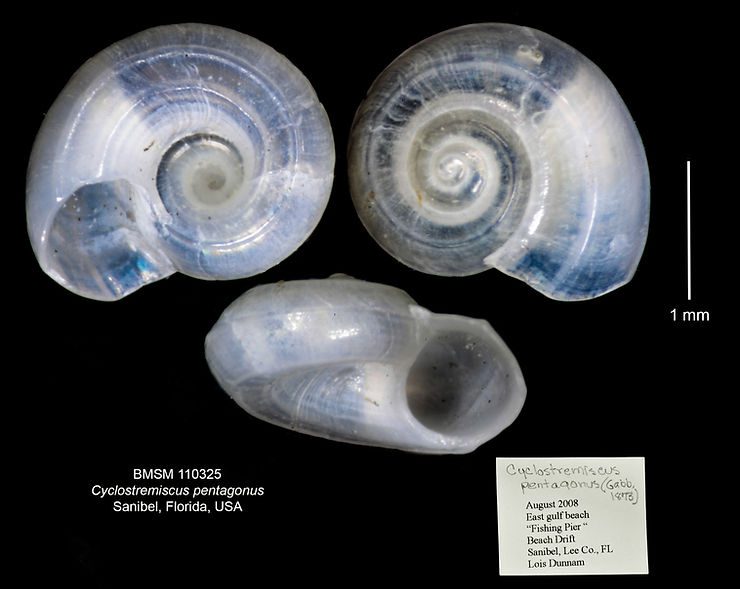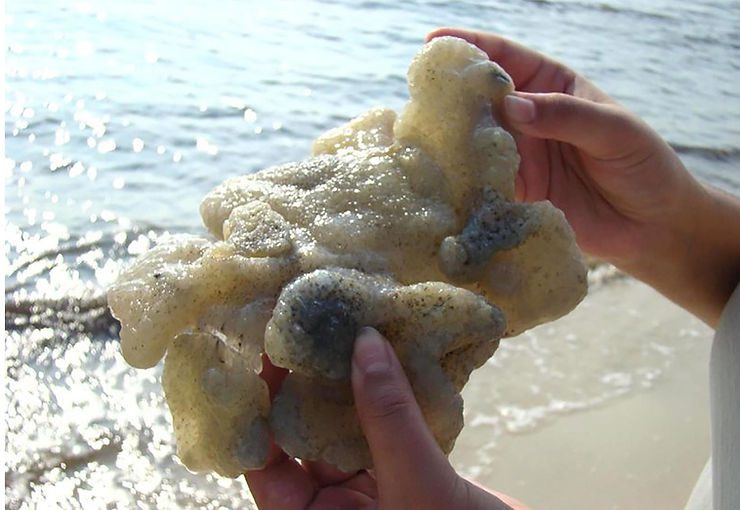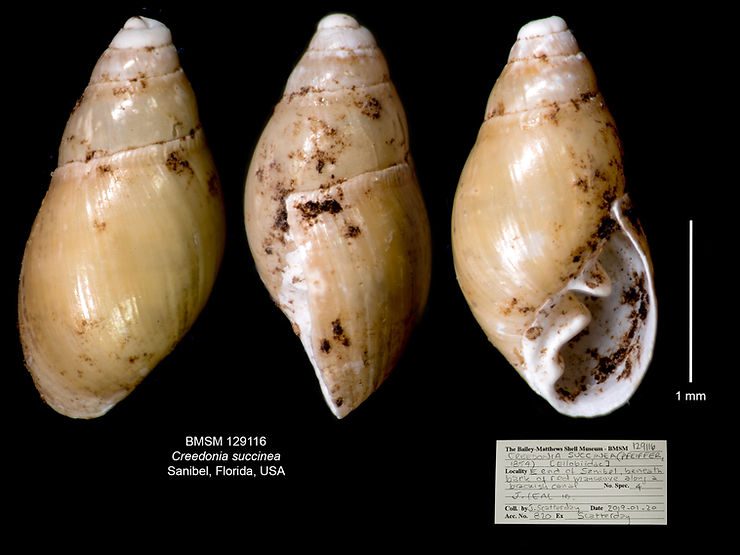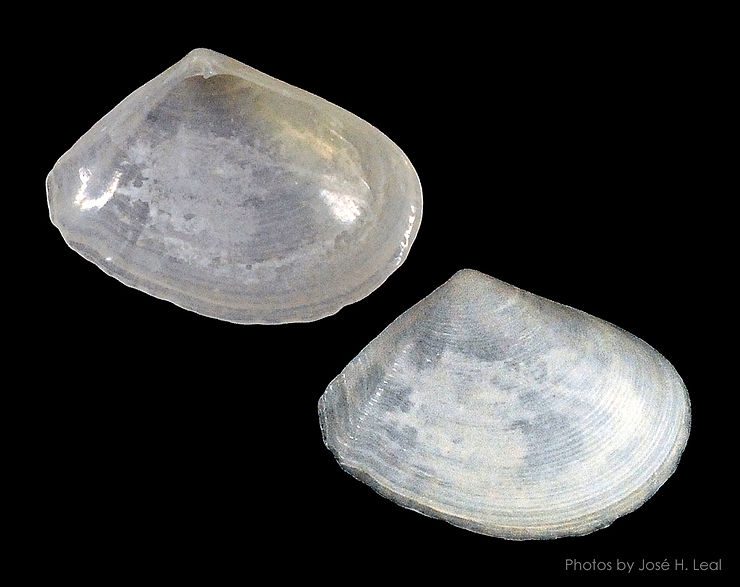
Shell of the Week: The Striate Tellin
Measuring at most 20 mm (about 0.8 inch), Serratina aequistriata (Say, 1824) is one of the smallest species of the diverse family Tellinidae occurring on the coast of Southwest Florida. Its shell is thin, delicate, with a sculpture of equally spaced commarginal (“concentric”) lines. As with other tellins, the shell typically has radial ridges on its posterior end, two on the right valve and one on the left. The shell in the photo was collected by Susan J. Hewitt in December 2014, at Blind Pass o
